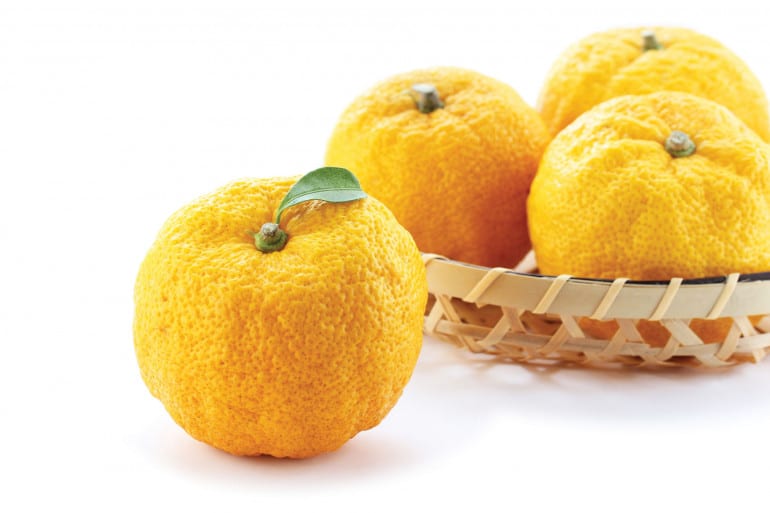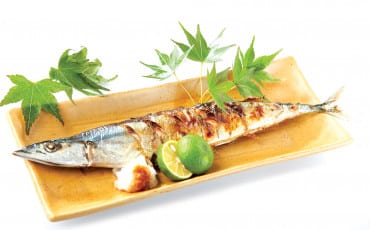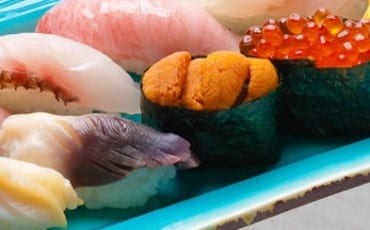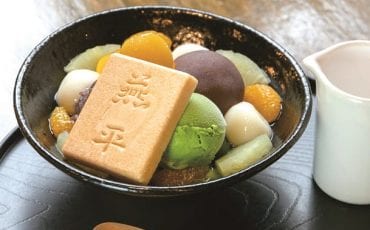- OISHII
- OISHII Wiki
- Ingredients
- Yuzu
OISHII Wiki
Ingredients
Yuzu
Even if you haven’t been to Japan, you’d most likely have tried this aromatic citrus fruit due to the fact that in recent years, yuzu has been sprouting up as a coveted ingredient in modern dishes and beverages, from desserts to salads and even cocktails.

This bumpy-skinned citrus fruit has its origins in the Yangtze River in China, and is believed to be a hybrid of sour mandarin and Ichang papeda, another citrus variety. When yuzu was introduced to Japan during the Nara period (710-794), the fruit was grown for culinary, hot bath, and medicinal purposes, and are still used as such today. The yuzu bath, also known as yuzuyu or yuzuburo, is a winter custom that is said to protect you from colds, smoothen the skin as well as relax your mind. The fruit also boasts several other health and medicinal benefits, thanks to its antimicrobial properties and high levels of vitamin C — compared to lemon, yuzu contains three times the amount of vitamin C!
Having said that, yuzu does share a similarity with lemon in that they are both typically not eaten on their own. In the kitchen, yuzu, like lemon, is largely used for its juice and outer rind as a flavouring to add tartness and an aromatic citrus accent to food and beverages. In Japanese cuisine, yuzu is nearly synonymous with ponzu, a popular citrus-based sauce that contains the juice of yuzu as well as other citrus fruit.
Today, the top producers of yuzu can be found on the island of Shikoku, with Kochi prefecture leading half of the domestic production.









